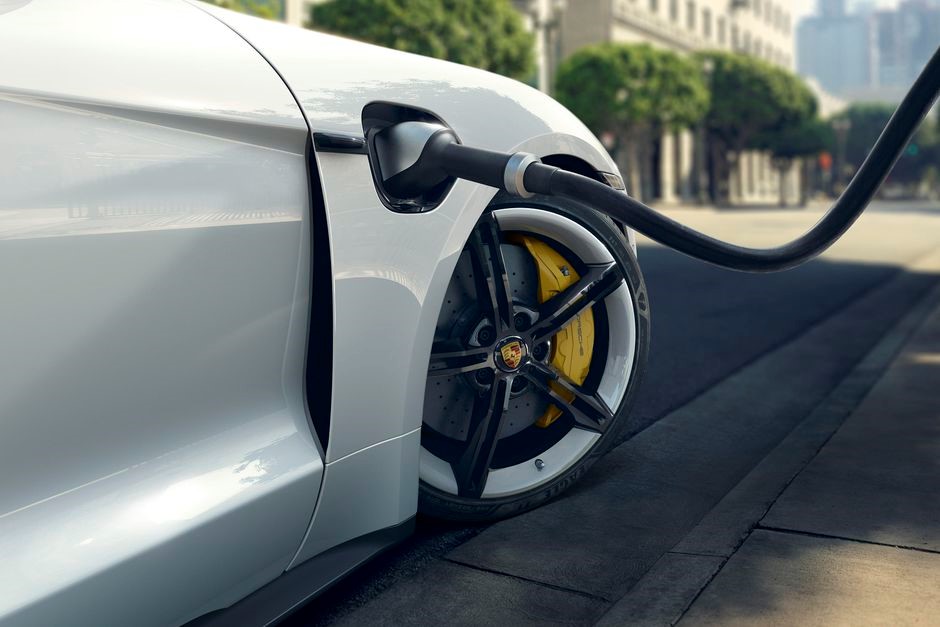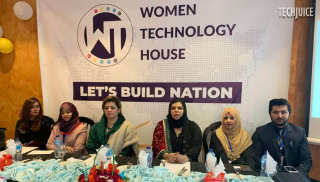In yet another major development in recent times in Pakistan’s electric vehicle space, a group of American investors have expressed an interest in exploring opportunities to assemble electric vehicles in the country.
According to a report by The Express Tribune, US Consul General in Lahore Catherine Rodriguez had an online meeting with Faisalabad Chamber of Commerce and Industry (FCCI) President Hafiz Ihtasham Javed in which she informed him of the intent of some American investors to explore the electric vehicle space in Pakistan.
She said that technology transfer with easy and duty-free access to American markets is essential to achieve a quantum leap in bilateral trade between the US and Pakistan, and that both countries are making efforts in this regard.
She acknowledged that law and order situation had improved considerably in Pakistan and said she would persuade American investors to exploit the new and emerging business opportunities.
While introducing her team, she said that she would try to hold a direct and face-to-face meeting with the Faisalabad-based industrialists dealing with US buyers.
US Commercial Counsellor for Pakistan John Coronado said that the US and Pakistan had deep trading ties, which could be further extended for the benefit of both countries.
Speaking on the occasion, the FCCI president highlighted the significance held by Faisalabad as a contributor the nation’s gross domestic product.
“About 70% of textile exports originate from this city while 80-90% of textile units are also housed here,” he said.
He added that it was a strategically important and suitable place in the heart of Pakistan for making exports to any country via seaports or through up country road links with China and Central Asian states. He said that cheap and abundant skilled labor was available, which made Faisalabad more attractive for new industrialists.
Stressing the need for technology transfer from America, he said that “it is the best in the world and we can improve quality of our products in addition to reducing cost of production.”











